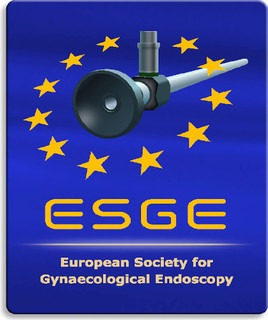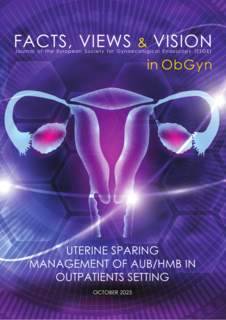Hysteroscopic removal of polyps and fibroids in the outpatient setting*
Endometrial polyp, fibroid, myoma, hysteroscopy, outpatient, office, tissue removal system, electrosurgery
Abstract
Technological advances have facilitated the removal of endometrial polyps and submucous fibroids in an outpatient setting. This narrative review summarises the role, technologies and techniques, feasibility and effectiveness relating to outpatient hysteroscopic removal of uterine polyps and fibroids. A systematic electronic literature search of PubMed, Europe PMC, and Google Scholar in July 2023 was performed. The main outcome measures described were indications, patient selection and counselling, control of pain, modern definitions of treatment setting, available technologies, appropriate techniques and the evidence-base and future research directions. The results show that attention to patient counselling and the use of miniature instruments allowing vaginoscopy, and the judicious use of local anaesthesia with good technique are associated with improved patient experience and complete excision of uterine polyps and fibroids. Outpatient polypectomy is safe, feasible, acceptable, effective and cost-effective. Mechanical hysteroscopic tissue removal systems (mHTR) should be preferred to conventional mechanical instruments and electrosurgery because they are quicker, less painful, more acceptable and more successful. Outpatient hysteroscopic myomectomy is feasible using electrosurgery and mHTRs but appears more successful with smaller, more accessible fibroids. More research is needed surrounding case selection, identification of the best technologies and techniques and clinical effectiveness for hysteroscopic myomectomy in the outpatient setting.



